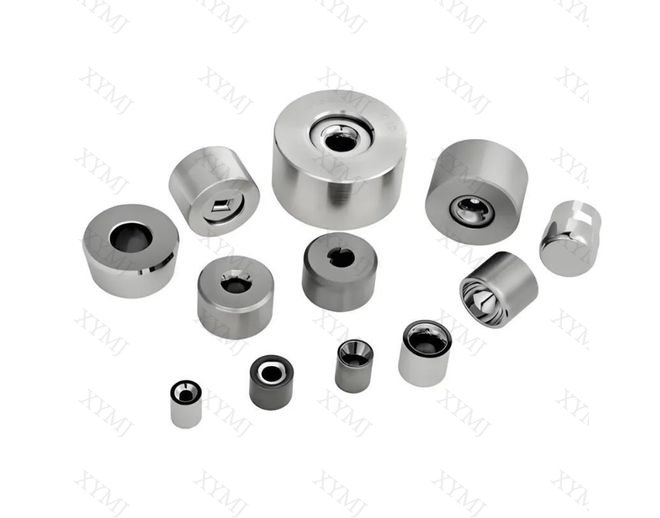Why can carbide drawing dies completely replace steel dies?
For the drawing die itself, when processing the drawn product, it is mainly necessary to ensure its size and surface quality. The drawn products themselves are mostly steel and many non-ferrous metals. In addition, the pressure in the working area increases during working, which leads to accelerated wear of the die. This creates a vicious cycle and ultimately seriously affects the quality of the final product.
Therefore, if a steel die is used, not only will the maintenance frequency be high, which will increase production costs, but it will also reduce the quality of the drawn product and affect the economic effect.
Therefore, in modern industrial processing, carbide drawing dies have almost completely replaced steel dies. Tungsten carbide has excellent polishing properties. People can process mirror-finished die holes, which plays an important role in improving the surface quality of drawn products.
Not only is the wear resistance and corrosion resistance of the die itself improved, but the surface quality of the processed metal can also be excellent.
Common carbide grades suitable for drawing dies are: YG3X, YG3, YG6X, YG6, YG8, YG15, etc. In the construction of the drawing die, its structure can be roughly divided into the entrance area, working area, working cone angle, sizing area, exit area and exit cone angle.
The entrance area to the working area is generally connected by an arc to facilitate the entry of materials. It also includes a lubrication area to store lubricants to ensure the smooth progress of the drawing process. As for the working area, the focus is on the selection of length and cone angle. When the metal material passes through the working area, the diameter changes from large to small. Its length and cone angle will not only affect the final size of the metal wire, but also be an important factor affecting the degree of die wear.
Finally, the wire passes through the working cone angle, sizing area, exit area and exit cone angle to obtain the final size.
Therefore, it is not difficult to see that the material selection of the drawing die has a vital impact on the final drawn product and equipment maintenance. If the wear is too large, not only will the frequency of replacement of the die itself increase, but the damaged die will also have a negative impact on the size control of the drawn product.
Therefore, choosing a cemented carbide drawing die with high wear resistance, excellent polishing, low adhesion, low friction coefficient and high corrosion resistance can help operators avoid unnecessary economic losses to the greatest extent.


